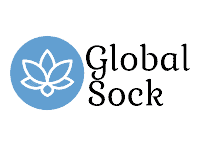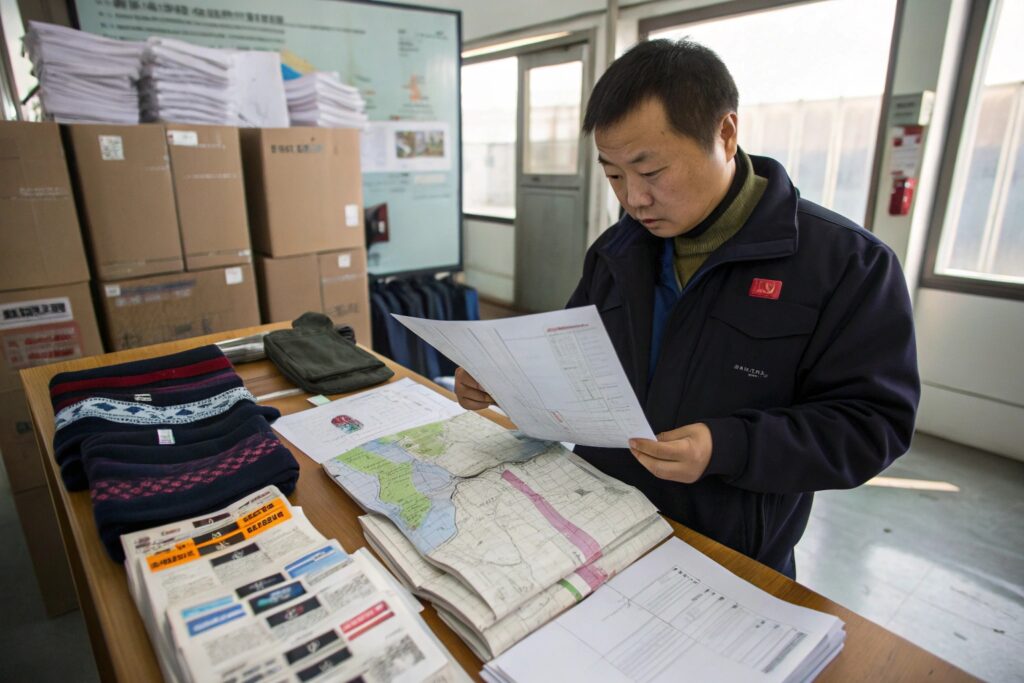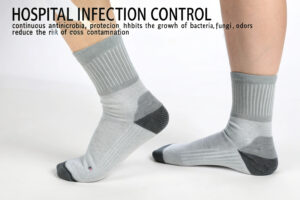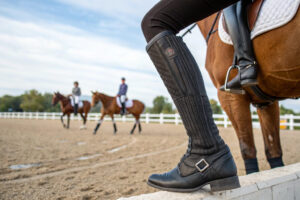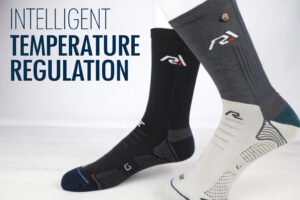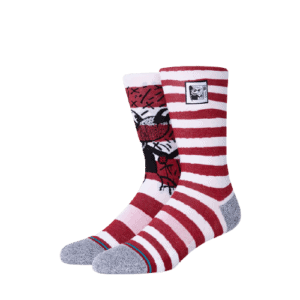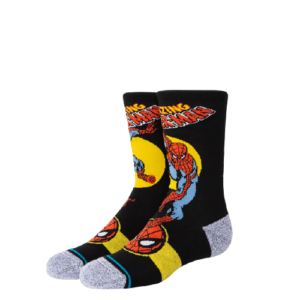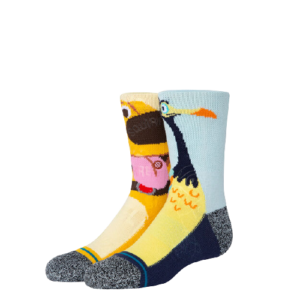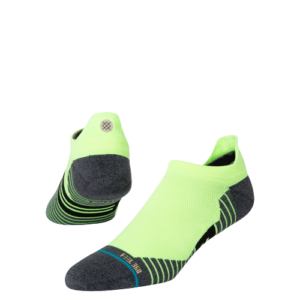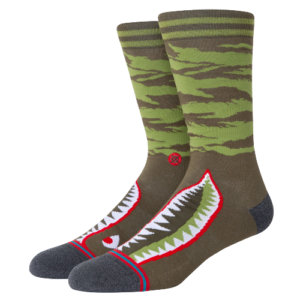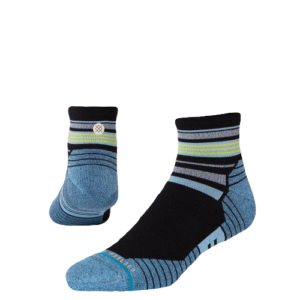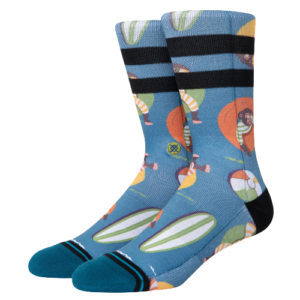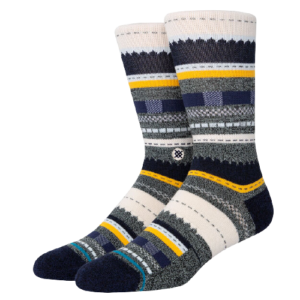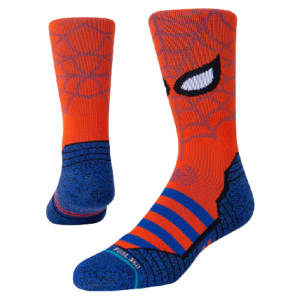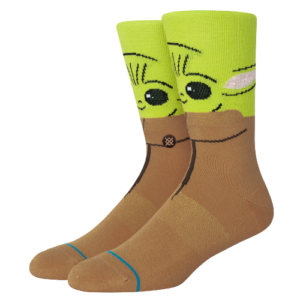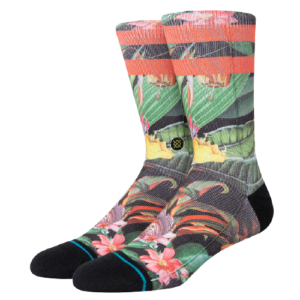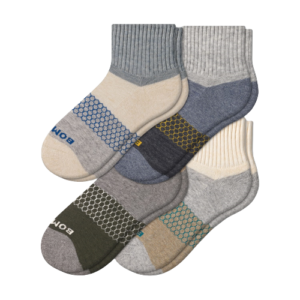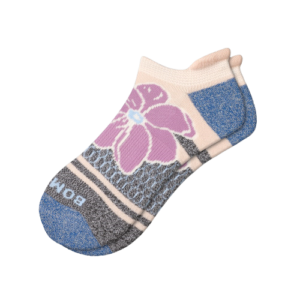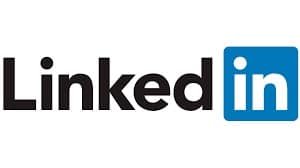Importing socks from Asia to the U.S. used to be simple—until rising tariffs began eating into profits. Whether you’re a new brand or a major distributor, tariffs can hurt your pricing power and disrupt supply chain planning. But smart importers don’t just accept these costs—they find ways to work around them.
To avoid or reduce U.S. tariffs when importing socks from Asia, buyers use strategies like country-of-origin shifting, tariff engineering, duty drawback programs, and choosing suppliers in zero-tariff or FTA countries.
As the owner of a Chinese sock manufacturing company, I’ve helped hundreds of clients navigate tariffs while staying compliant. Here’s what’s working in 2025.
What are the current U.S. tariffs on imported socks?
Before you plan around tariffs, you need to understand what’s being taxed. Not all socks are equal in the eyes of U.S. Customs.
Most socks imported from China face a base duty of 14.6–32%, with additional Section 301 tariffs of 7.5–25% depending on material and construction.
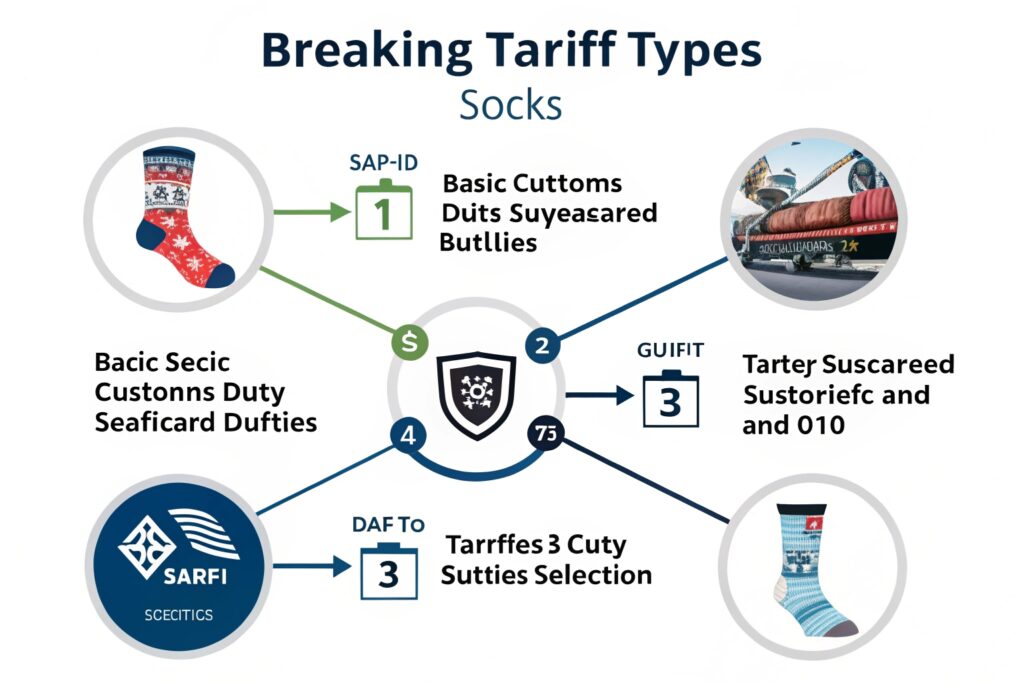
Which HS codes apply to socks?
Socks fall under HS Codes 6115.10 to 6115.99, differentiated by material:
- 6115.10: cotton socks
- 6115.20: synthetic fiber socks
- 6115.30: wool socks
Each comes with its own tariff schedule defined by the U.S. International Trade Commission.
For example, cotton socks from China under 6115.10.4000 may face a 16.5% base duty + 7.5% 301 tariff. As a supplier, we help our clients choose the right classification code to avoid costly mistakes.
What triggers additional tariffs?
Since 2018, Section 301 tariffs target goods from China due to trade tensions. These tariffs are in addition to MFN (most favored nation) rates. Socks made from synthetic yarns are especially impacted, triggering up to 25% extra duties.
We help clients submit certificates of origin and bill of material breakdowns to avoid being overcharged. CBP’s Customs Rulings Online Search System is also helpful for precedent cases.
Which sourcing countries offer tariff-free access?
One way to avoid U.S. tariffs is to shift production to countries with preferential trade agreements or lower MFN rates.
Countries like Vietnam, Cambodia, Indonesia, and Pakistan offer sock manufacturing options with lower or zero tariffs due to GSP or FTA agreements.
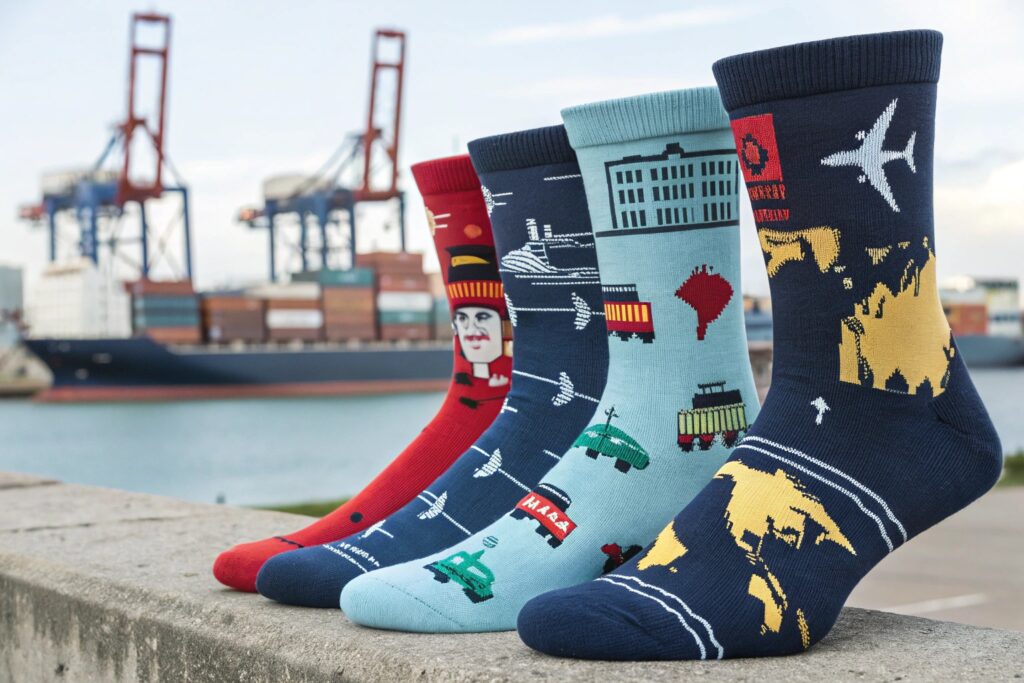
Is Vietnam a better choice for tariff-free socks?
Vietnam has become a top alternative to China for many brands. Under GSP and potential CPTPP alignment, certain socks may qualify for reduced or zero duties.
Many of our clients use hybrid sourcing—design and prototype in China, bulk production in Vietnam—to optimize both speed and tariff benefits. However, Vietnamese factories have longer lead times and higher MOQs, so we often coordinate with them directly.
What about LDCs like Cambodia or Pakistan?
Countries classified as Least Developed Countries (LDCs) under the U.S. GSP program—like Cambodia, Bangladesh, or Pakistan—can enjoy duty-free access for some textile items. This depends on the Rules of Origin.
We’ve supported clients who ship Chinese yarns to Cambodia for knitting and finishing, thus qualifying the final product as “Made in Cambodia.” This requires careful certificate of origin documentation and factory cooperation.
Can tariff engineering help reduce import duties?
Sometimes, a small product tweak can lead to a big customs saving. That’s the essence of tariff engineering.
Tariff engineering means modifying the sock’s construction or packaging to fit a lower-duty classification—without affecting performance.
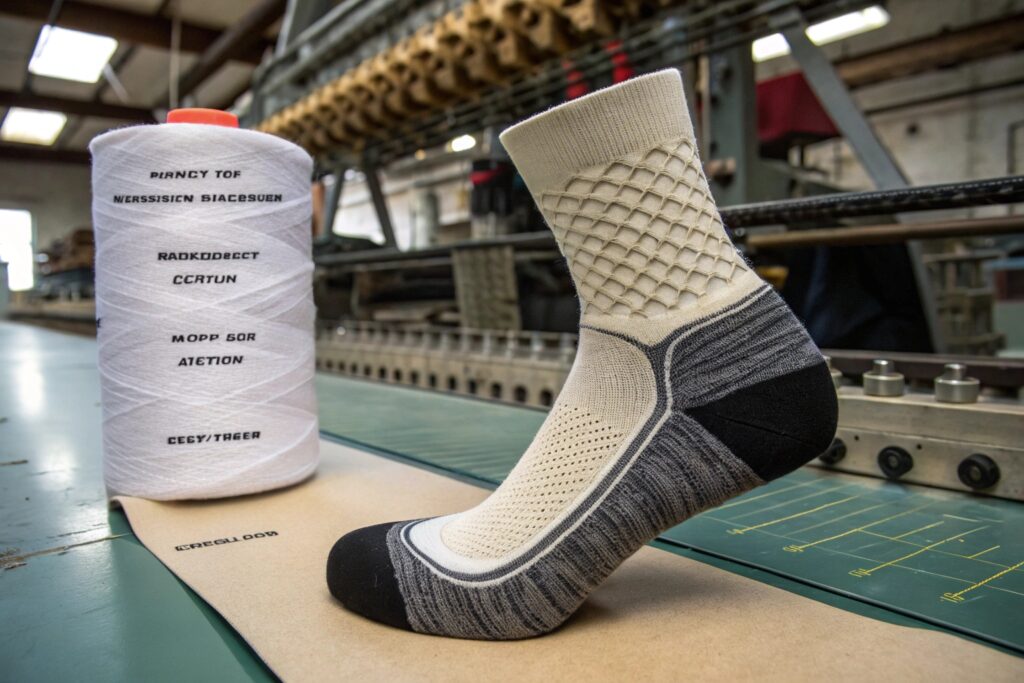
How can material composition affect tariffs?
Changing the fiber blend of a sock from 80% cotton to 49% cotton + 51% polyester may shift it from one HS code to another—possibly avoiding Section 301 tariffs.
We’ve worked with clients to develop nylon/spandex compression socks instead of cotton athletic socks, reducing their tariff exposure by over 20%. But the blend must be true and declared correctly on the invoice and Bill of Materials (BOM).
What other adjustments qualify?
Besides fiber content, small changes like adding a rubber grip, lengthening the sock, or altering packaging can move it into a new classification. For example, socks classified as orthopedic aids may be duty-free if used for medical purposes and properly labeled.
We also help clients pre-check classification with customs brokers using tools like Import Genius or Flexport HS Lookup.
Are duty drawback and bonded warehousing worth considering?
If you're re-exporting goods or operating multiple sales zones, U.S. Customs offers options to recover or defer duties.
Duty drawback allows importers to claim refunds on paid tariffs if the goods are exported later; bonded warehouses delay duty payment until goods leave the facility.
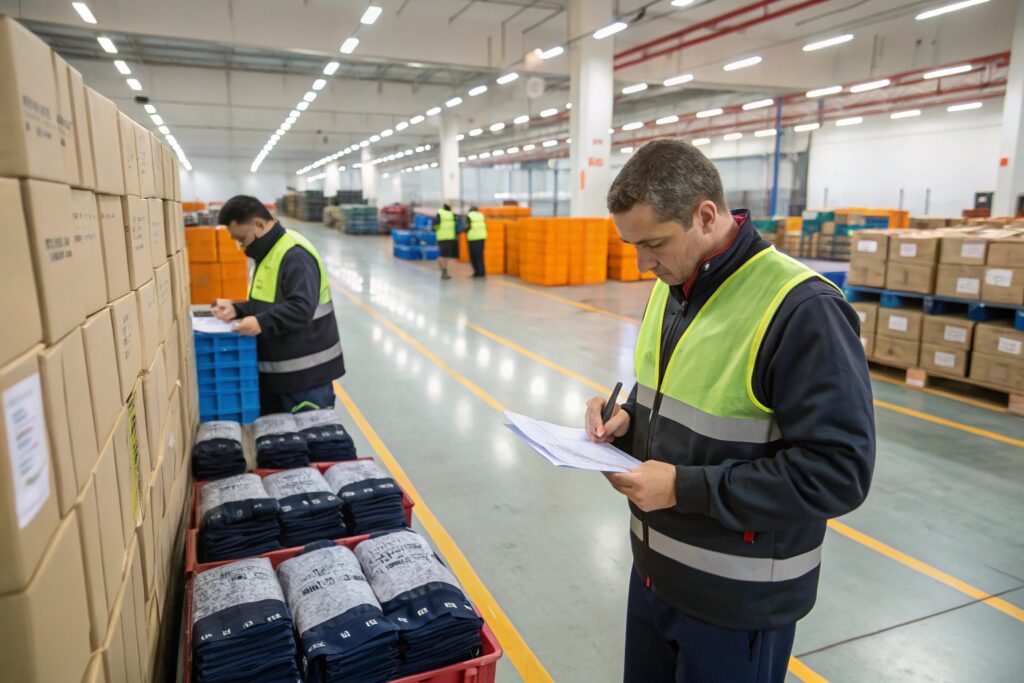
How does duty drawback work?
Under the U.S. Duty Drawback Program, you can recover up to 99% of tariffs paid on imported goods that are re-exported within three years.
One client imported socks to the U.S. for e-commerce but later re-exported unsold stock to Canada. We helped them file for duty drawback using accurate entry and export records. They recovered over $22,000 in duties on one batch alone.
When are bonded warehouses useful?
Bonded warehouses let you store imported socks in the U.S. without paying tariffs until the goods are officially withdrawn. This is ideal if you're unsure about final market destinations.
We’ve worked with Port of Los Angeles operators to set up bonded storage for buyers managing both U.S. and LATAM retail. It’s a smart way to delay costs and keep options flexible.
Conclusion
Tariffs don’t have to crush your margins. With the right strategies—like sourcing from FTA-friendly countries, engineering sock composition, and using customs programs—you can stay competitive and compliant. As a Chinese manufacturer, we’ve helped global clients restructure supply chains and protect their bottom line. If you’re importing socks to the U.S., don’t accept tariffs as a fixed cost. Let’s work together to optimize your product, paperwork, and shipping route to maximize profit and minimize duty.
